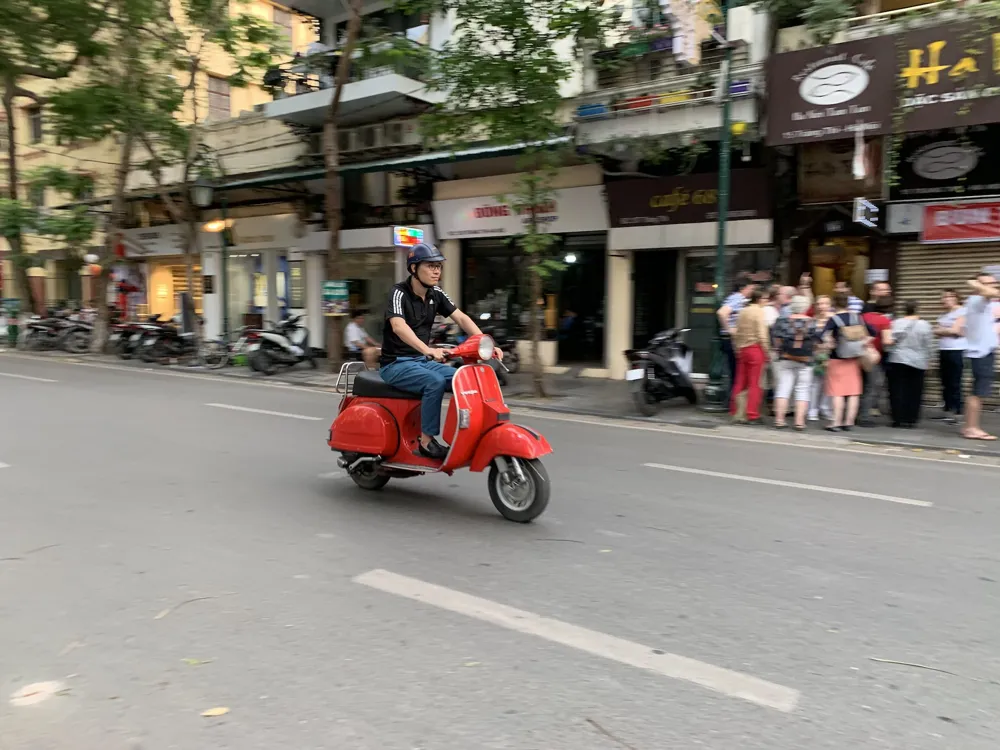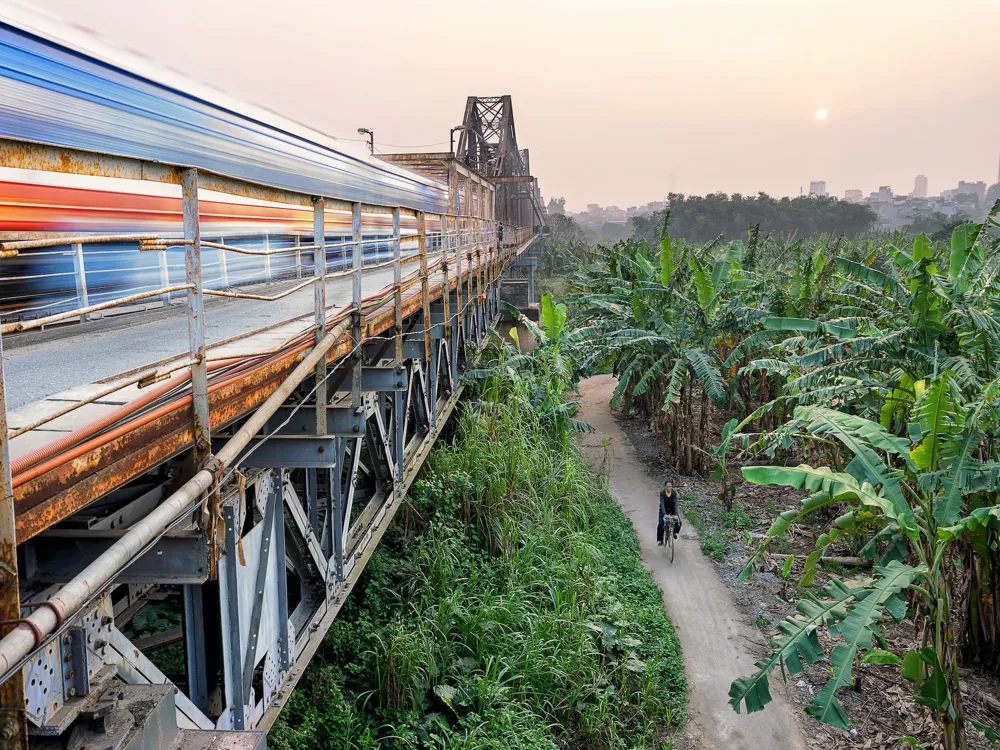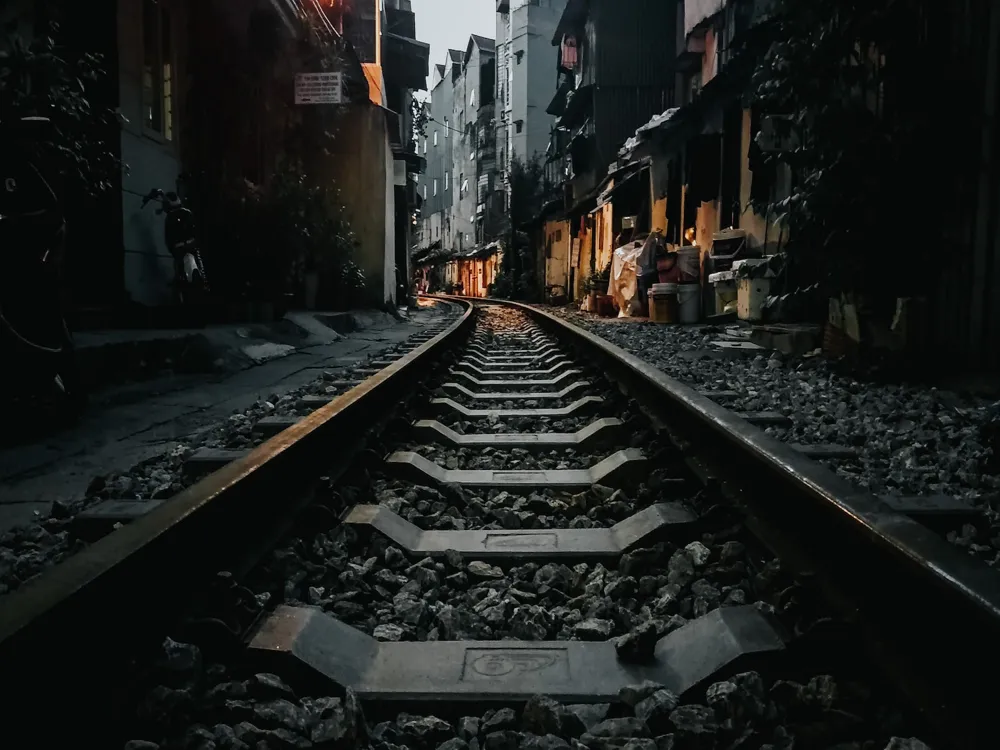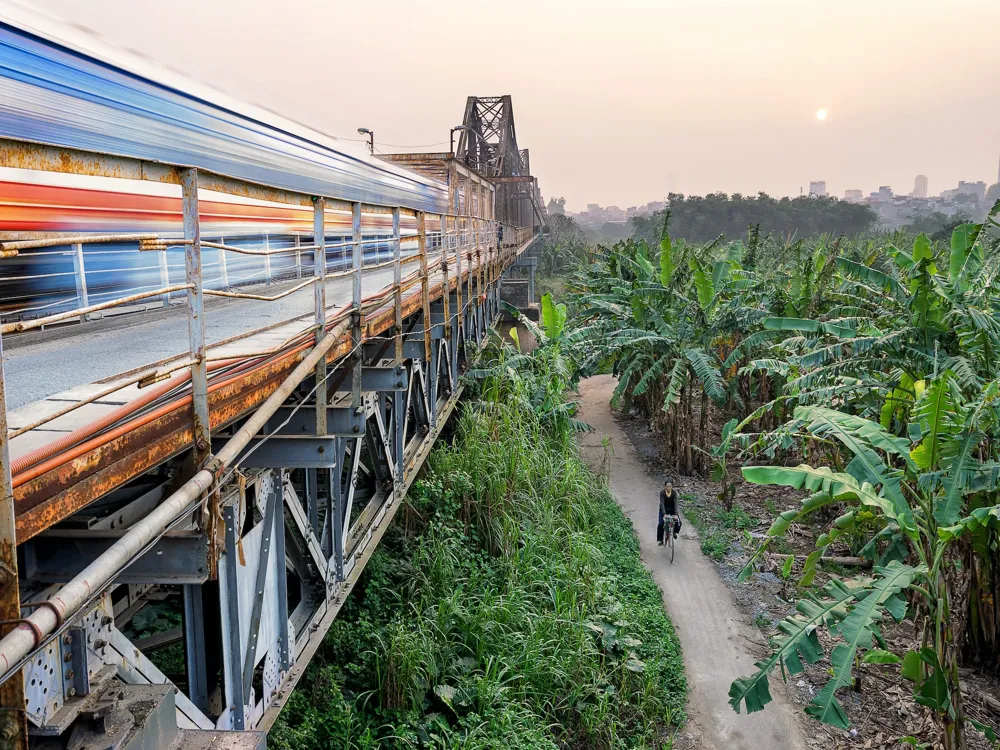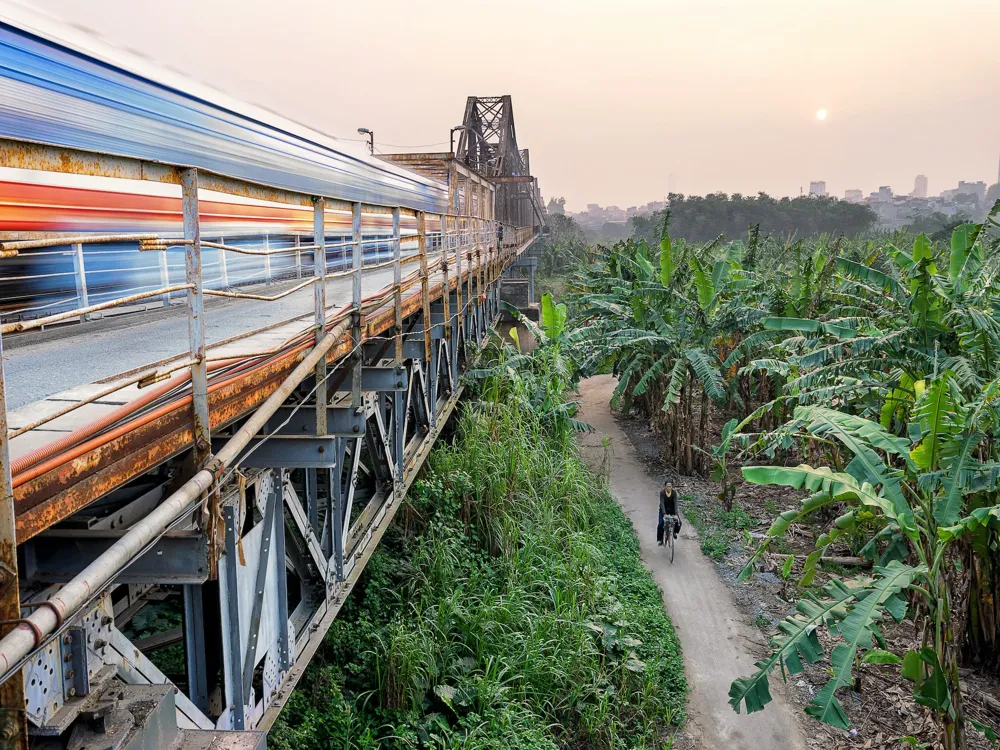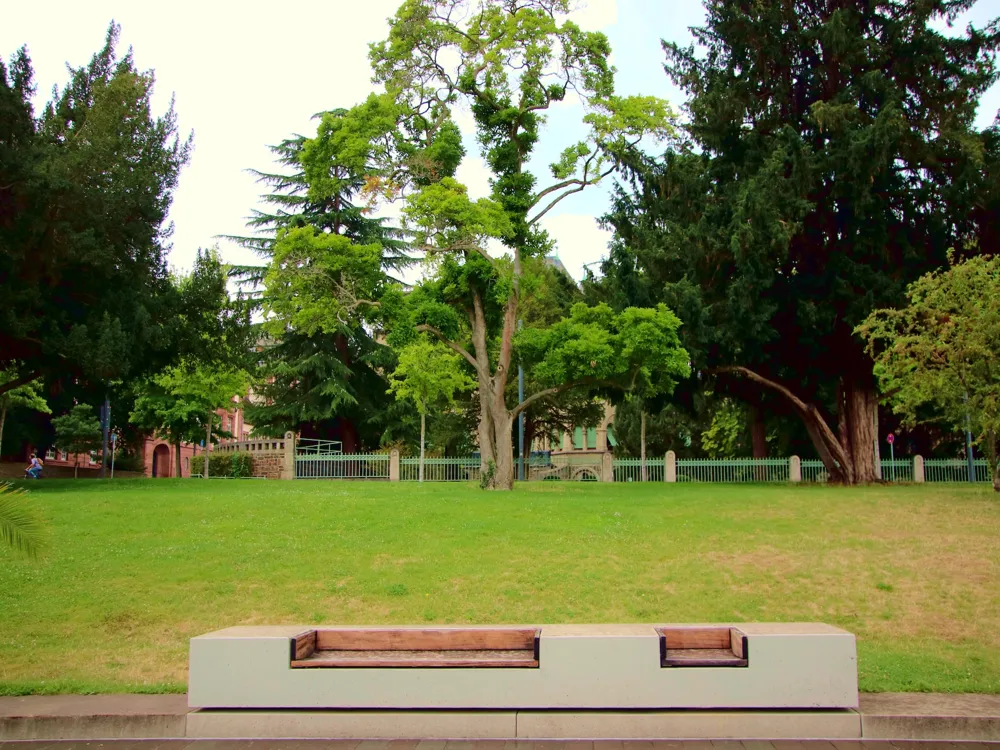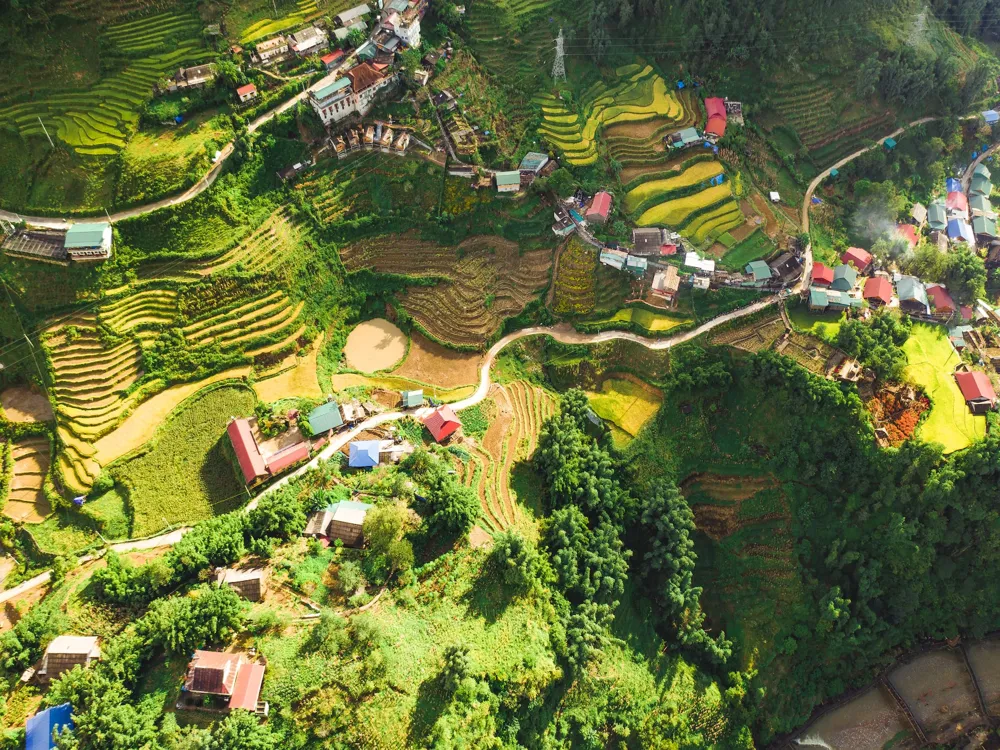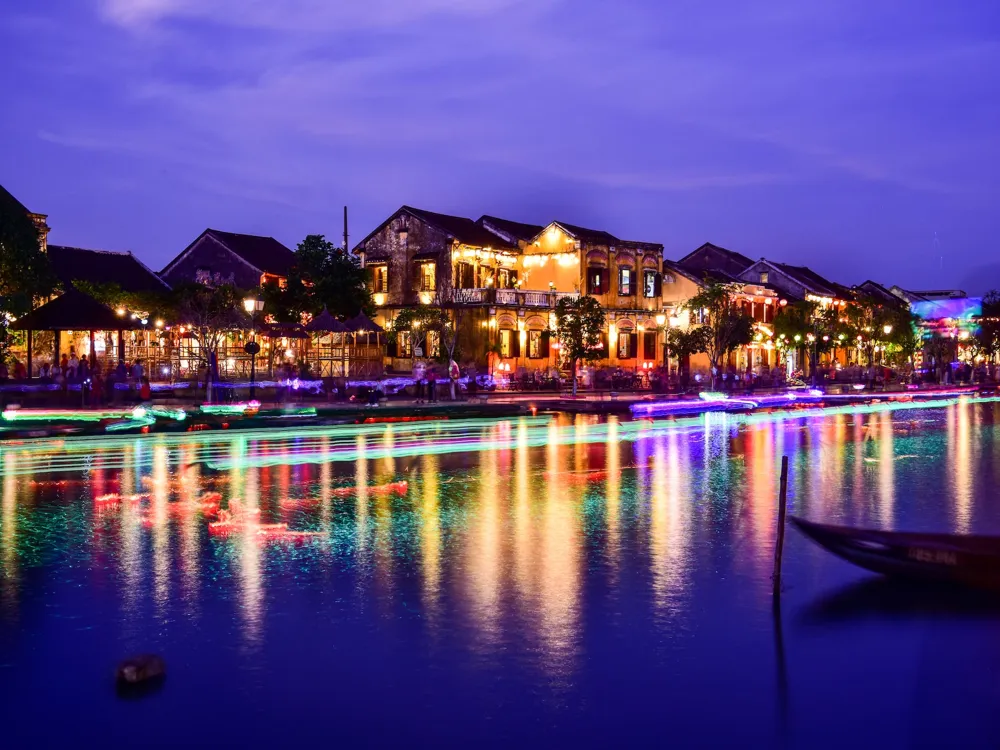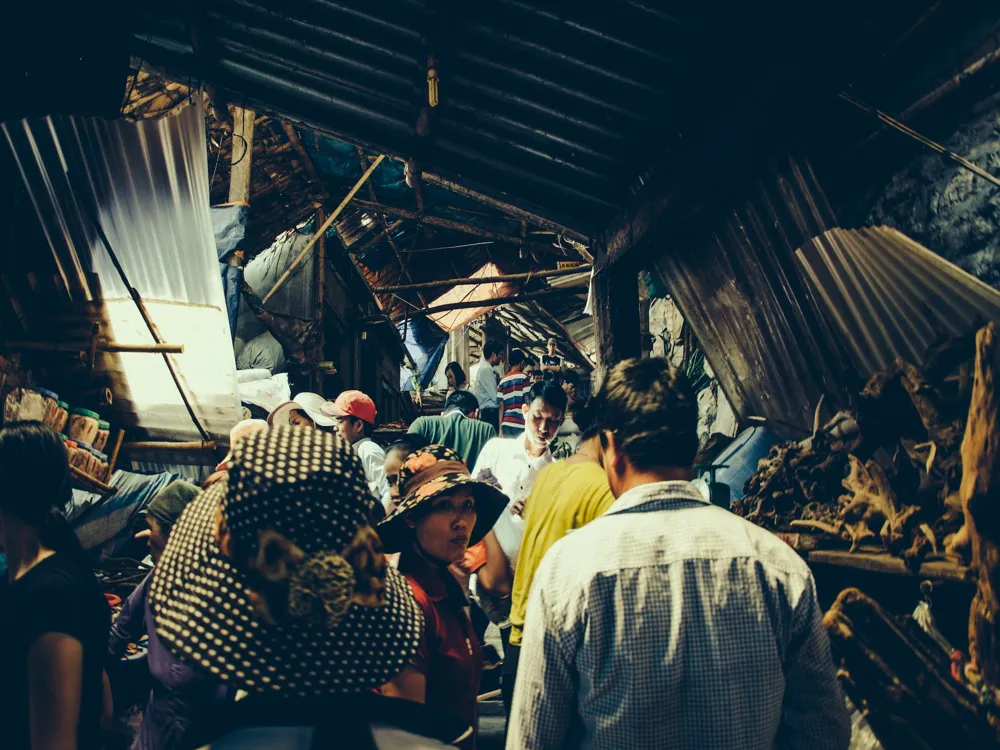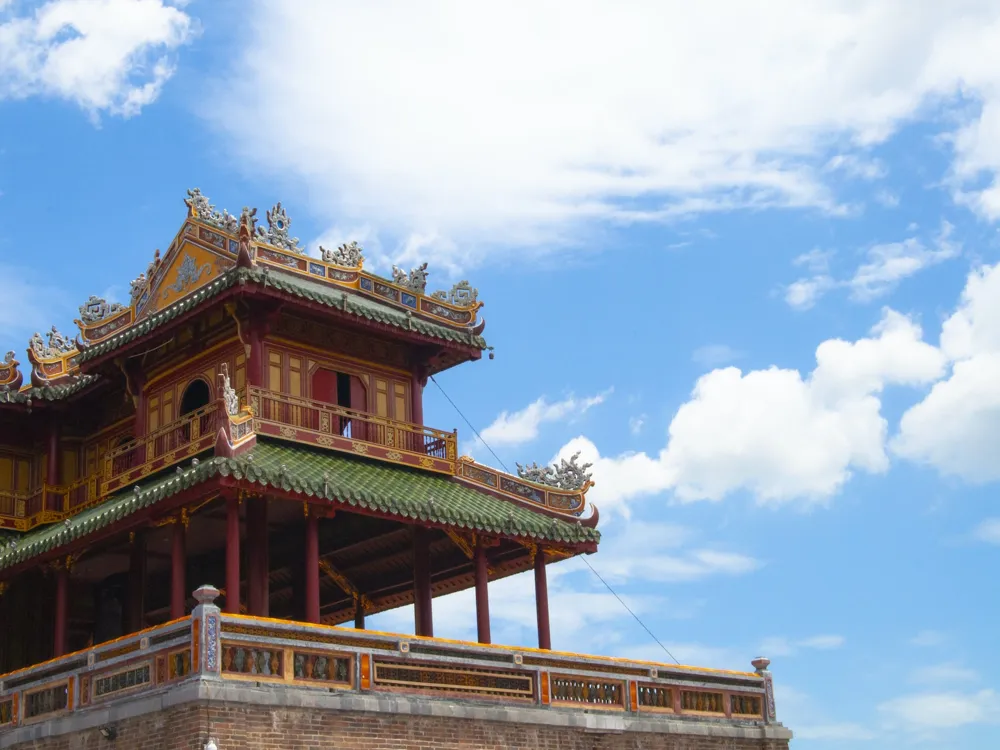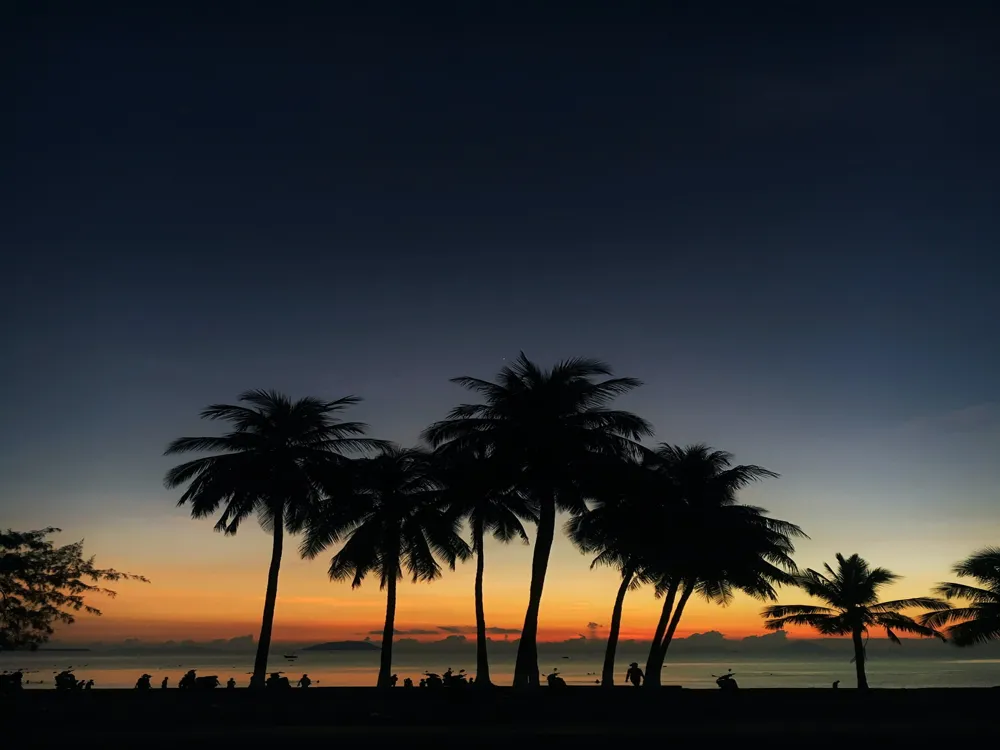Hanoi, the capital city of Vietnam, is a fascinating blend of East and West, combining traditional Sino-Vietnamese motifs with French flair. It's a city where the past coexists with the present; ancient temples stand alongside modern developments. Hanoi is not just the political heart of Vietnam but also the cultural and historical center. The city's history dates back over a thousand years, with numerous invasions, occupations, restorations, and renewals contributing to its rich tapestry. Today, Hanoi is a thriving metropolis that has preserved its most charming aspects - its authenticity, vibrant street-life, and an array of sites that speak volumes about its past. Hanoi's architecture tells a story of its historical journey. From the ancient temples and pagodas, remnants of its Chinese influence, to the well-preserved colonial buildings that echo the French occupation, the city is a living museum. The Old Quarter, with its narrow streets and colonial buildings, is particularly evocative of the city's past. Additionally, Hanoi is known for its vibrant culinary scene, where delicious Vietnamese dishes can be enjoyed. The city's lakes, parks, and green spaces provide a respite from the urban buzz, offering opportunities for relaxation and recreation amidst the city's dynamic rhythm. Hanoi's architecture is a complex layering of cultural influences and historical periods, creating a unique urban tapestry. The city's layout and structures reflect the various stages of its development, from its origins as a small settlement to its current status as Vietnam's capital. The architecture of Hanoi can be broadly categorized into traditional Vietnamese, colonial French, Soviet-influenced, and modern styles. The traditional Vietnamese architecture in Hanoi is best represented by its temples and pagodas, such as the Temple of Literature and the One Pillar Pagoda. These structures are characterized by their intricate woodwork, curved rooflines adorned with dragons and phoenixes, and their harmonious integration with nature. In contrast, the French colonial era left a significant architectural footprint in Hanoi, with grand boulevards and elegant buildings like the Hanoi Opera House and St. Joseph's Cathedral. These buildings feature classic French elements such as balconies, shutters, and pastel-colored facades. Post-1954, Soviet influence brought about the construction of large, functional buildings, reflecting the socialist ideals of the time. These structures, often large and utilitarian, added a new dimension to Hanoi's skyline. In recent decades, modern architecture has emerged in Hanoi, with skyscrapers and contemporary designs becoming increasingly prevalent. However, amidst this modernization, Hanoi has managed to preserve its historical identity, maintaining a delicate balance between the old and the new. The ideal time to visit Hanoi is during the spring (February to April) and autumn (September to November) months. During these periods, the weather is pleasant, with moderate temperatures and lower humidity, making it comfortable for exploring the city. Hanoi's traffic is infamous for being hectic. For short distances within the city, consider walking or using a cyclo, a traditional three-wheeled bicycle taxi. For longer distances, taxis and ride-hailing apps like Grab are convenient and affordable options. When visiting temples and pagodas, dress modestly and remove your shoes before entering. It's also important to be respectful of local customs and practices, such as avoiding loud noises and disruptive behavior in these sacred spaces. Hanoi is renowned for its street food, but it's important to eat at reputable stalls to avoid food-borne illnesses. Also, be mindful of your belongings, especially in crowded areas, as pickpocketing can occur. Hanoi is well-connected and accessible from various parts of the world. The primary gateway to the city is the Noi Bai International Airport, located about 45 minutes from the city center. It serves numerous international and domestic flights. For those already in Vietnam, Hanoi can be reached by train, bus, or car from other major cities. The train journey, in particular, offers a scenic route, showcasing the country's diverse landscapes. Once in Hanoi, the city's compact nature makes it relatively easy to navigate. The public transportation system, though not as developed as in some other Asian cities, includes buses and a metro line. However, many visitors find that exploring Hanoi on foot or by cyclo provides a more immersive experience of the city's vibrant street life and cultural charm.Overview of Hanoi
Architecture of Hanoi
Tips When Visiting Hanoi
Best Time to Visit
Transportation Tips
Cultural Etiquette
Food and Safety
How To Reach Hanoi
Van Phuc Silk Village
Hanoi
₹ 15,260 onwards
View hanoi Packages
Weather :
Tags : Village
Timings : 8:00 AM - 10:00 PM
Time Required : 2 - 4 hours
Entry Fee : No Entry Fee
Planning a Trip? Ask Your Question
Hanoi Travel Packages
View All Packages For Hanoi
Top Hotel Collections for Hanoi

Private Pool

Luxury Hotels

5-Star Hotels

Pet Friendly
Top Hotels Near Hanoi
Other Top Ranking Places In Hanoi
View All Places To Visit In hanoi
View hanoi Packages
Weather :
Tags : Village
Timings : 8:00 AM - 10:00 PM
Time Required : 2 - 4 hours
Entry Fee : No Entry Fee
Planning a Trip? Ask Your Question
Hanoi Travel Packages
View All Packages For Hanoi
Top Hotel Collections for Hanoi

Private Pool

Luxury Hotels

5-Star Hotels

Pet Friendly







